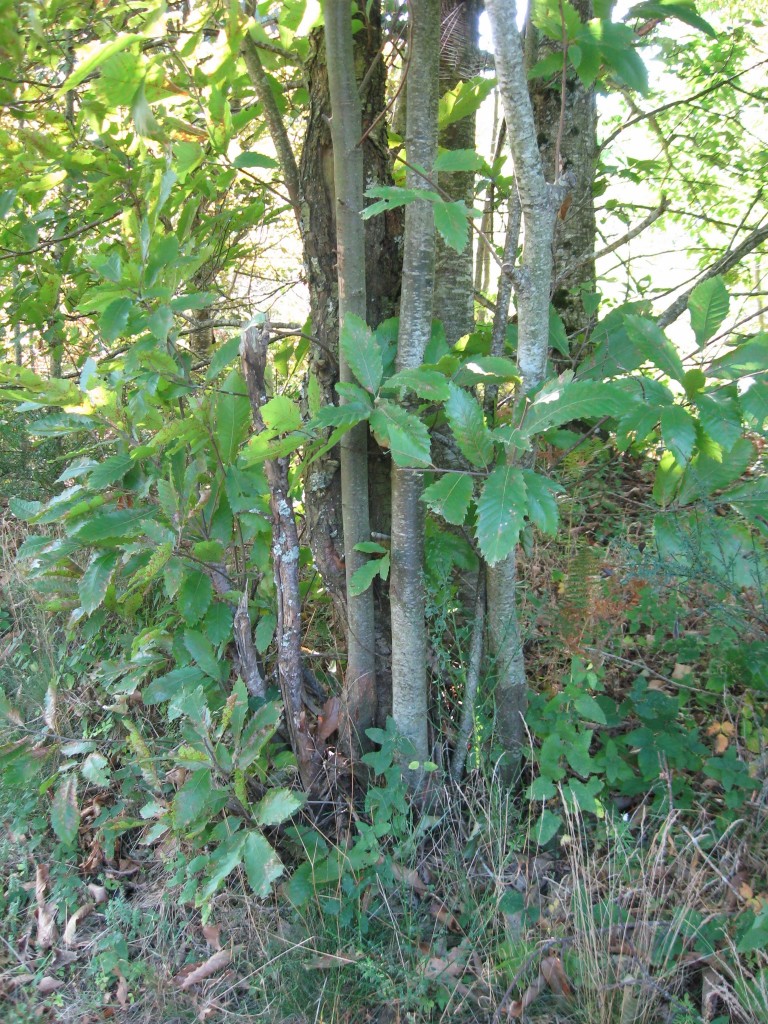
Walking in a cool, upland forest in the  Montagne Noire (The Black Mountains) in the south of France near Carcassone, we stumbled upon a Chestnut tree.  This one is the European variety, Castanea sativa.  There were many of them, some very tall specimens.  We got a glimpse of what the American Chestnuts must have been like, being that these are so similar in appearance.
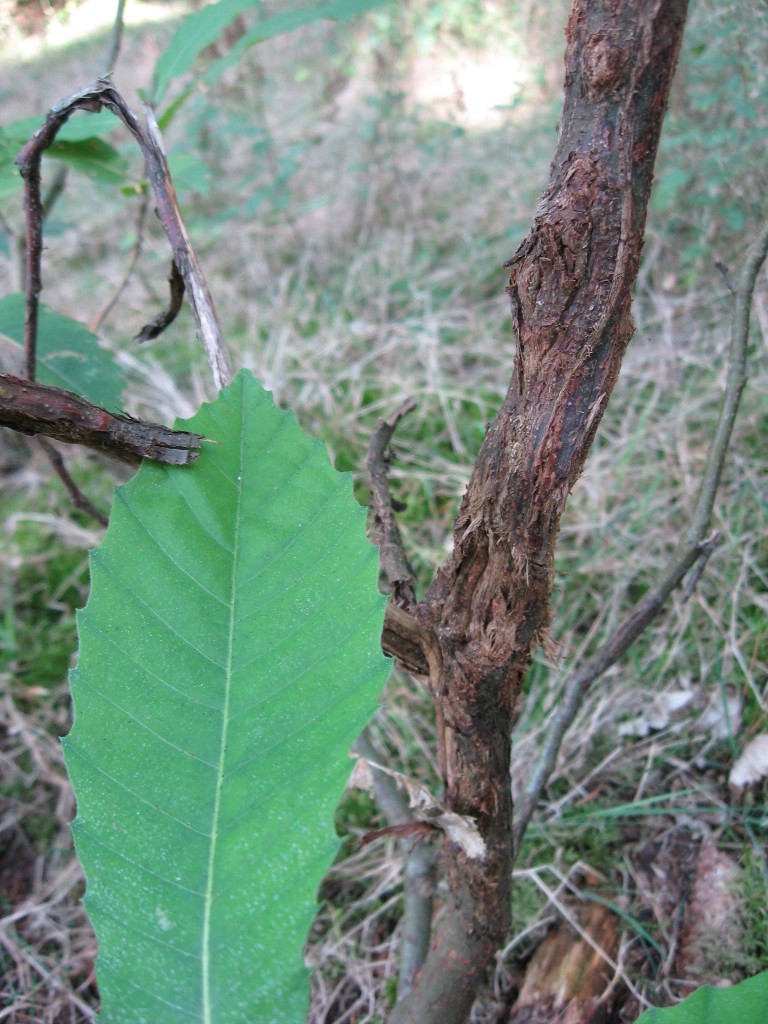
We noticed the blight on the bark, and upon close inspection we found trees that were dead in the middle with many shoots around the side, a familiar sight in northeastern America.
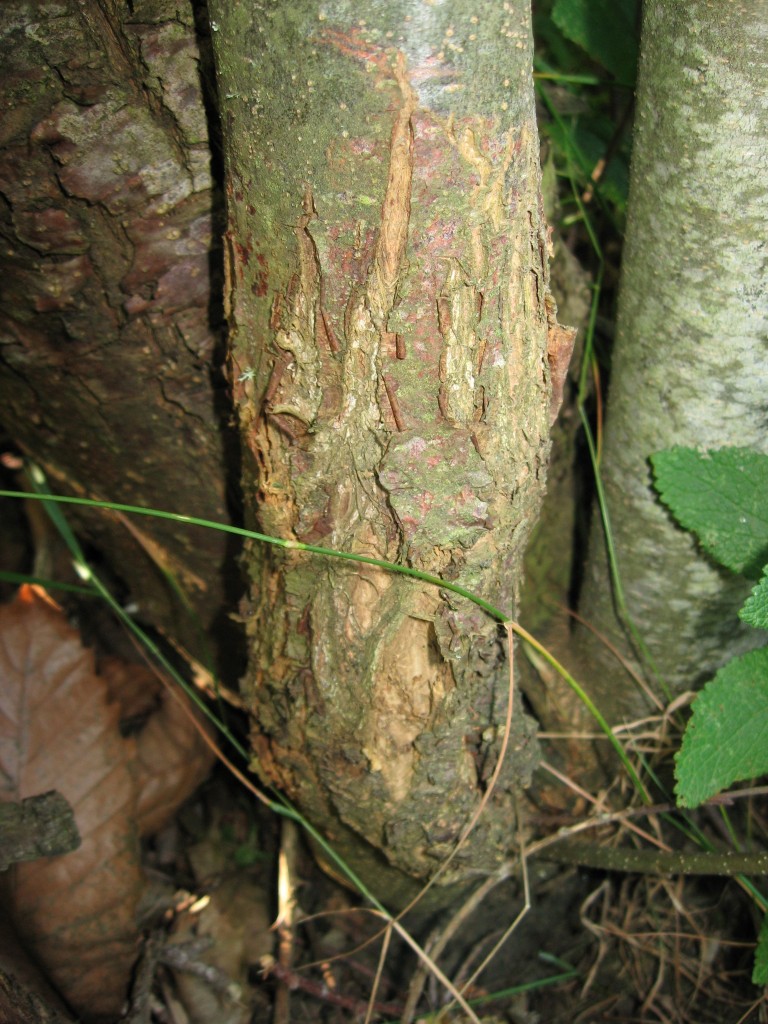
It turns out that the European Chestnut is also effected by the blighting fungus introduced from Chinese Chestnuts, however they are not as severely affected as the American Chestnuts.
It was exciting to see these Chestnuts growing amidst European Beeches and Oaks on this cool hillside!
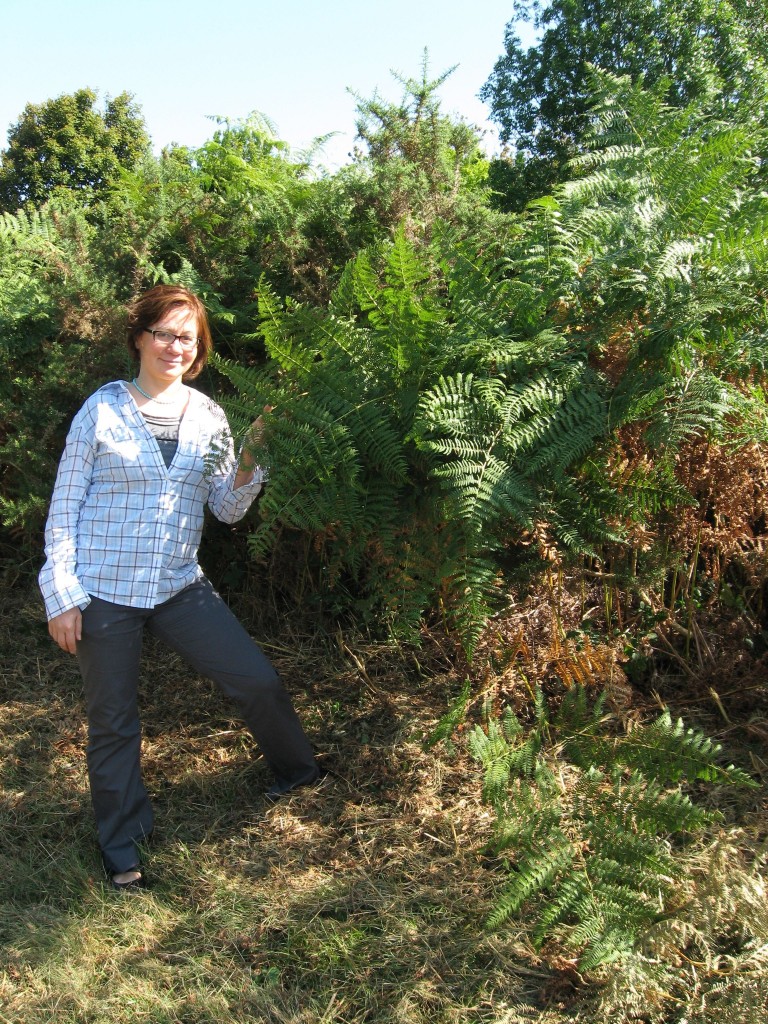
The ferns in these woods were taller than Isabelle.
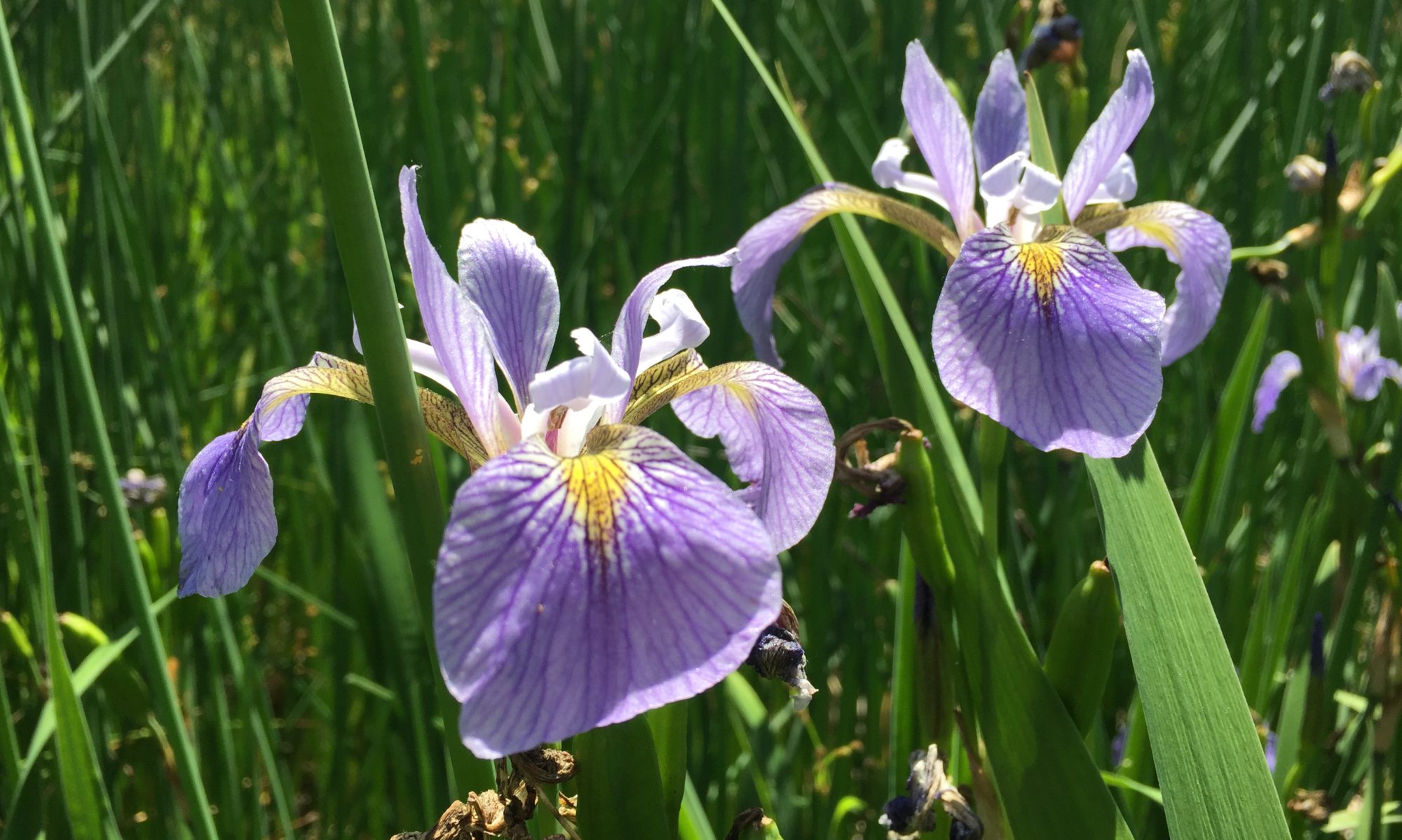
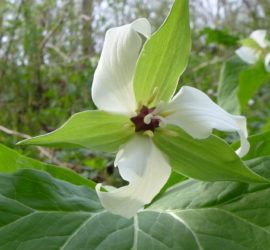

I am very suprised about your articel. I know the environment of the black mouintains already for more the 40 years and I have always thought that the trees were crafted. I have seen the trees with the dead middles and the roots growing out. But I have seen also healty trees from may centuries opld. The bad ones has small crops, the old and healty ones has much bigger crops. In france from history these trees were used for food and France peolple are crafted everything already fo centuries.
Regards
Ab Mantel
Les Martys
Ab, Thank you so much for your comment.Les Martys is such a beautiful part of France, and our discovery of the Chestnut trees has been enriching. it is interesting to learn of their cultivation in the region and we are not surprised. Hopefully we will return to Les Martys and maybe find the older, healthier trees, full of tasty chestnuts!
Amazing how similar the bark & blight ate to our chestnut in Montison.
Amazing how similar the bark & blight are to our chestnut in Monson.
(Correcting typos.)